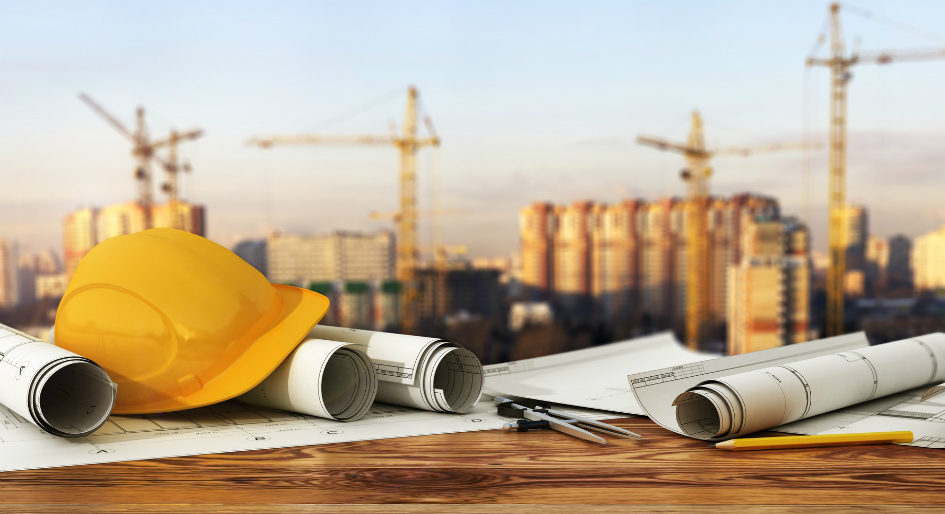There’s been a lot of talk lately about the housing shortage and the need for solutions that bring more homes to market faster. At the same time, climate change is impacting how we build homes, requiring that they be “future ready” and more able to withstand severe weather. To achieve this — while also protecting revenues and the planet — property developers are turning to smart building solutions and eco-friendly technology. However, with commercial finance conditions tightening, the sector is going to need to rely on government tax incentives to achieve the most cost-effective outcomes. The problem is awareness of these incentives remains low.
Scientific Research & Experimental Development tax credits — or ‘SR&ED’ for short — are administered by the Canada Revenue Agency (CRA) and are often worth hundreds of thousands of dollars. But there’s still a pervasive view that the people claiming these valuable tax incentives wear lab coats rather than hard hats. That isn’t the case.
What does qualifying innovation look like?
Innovation that qualifies for SR&ED can take many forms. Typically, companies applying for these credits have tried to overcome challenges related to construction through research and development (R&D). One company that successfully qualified, for example, had been seeking to diminish the number of unsightly concrete pillars that run through apartment blocks. As a structural component, these pillars run from floor to ceiling and are key to the integrity of the building. Through innovation, the company was able to solve this problem by developing a steel studding system which slots together and has the strength to remove the need for these pillars. As a result, the system cuts construction time of a building down by 30 to 40 per cent and can be used on structures ranging from single to 11-storeys.
Another example pertains to the fire suppression systems found in apartment blocks. As temperatures drop in the winter, water-filled fire suppression systems are vulnerable to freezing, which can ultimately lead to floods. To contend with the issue, the company developed high-pressure dry systems that do not fill pipes with water until there’s a fire.
A third business found a way to reuse wastewater coming out of buildings as a heat source. By installing a device where the brown water exits the building, heat is transferred from the wastewater to supplement the needs of the property. This results in less reliance on the hot water tank and lower greenhouse gas emissions.
What exactly is SR&ED?
SR&ED remains the main source of external funding for innovators in apartment construction. The amount a business receives from the tax incentive depends on the amount of eligible work being carried out. It must involve some form of research and development, but the work itself doesn’t necessarily need to be about creating new devices, products, or processes. It could just be an improvement to the existing approach.
When assessing whether activity could be eligible for SR&ED, construction firms should be asking if their innovation does any of the following:
- Further technical knowledge in construction or create advancements in the development of new apartment blocks;
- Overcome any scientific or technological uncertainties in the building process;
- Accomplish something by design that others would find hard or not obvious to achieve.
Finally, don’t assume that only large firms will carry out qualifying activity. Much innovation in all sectors comes from SMEs; you will only know if you ask a competent person to assess your activities.
How much can these tax credits be worth?
Depending on a company’s corporate structure and the province in which it is based, applicants can claim a refundable Federal Investment Tax Credit of 35 per cent directly attributed to innovation. Alongside this, the provincial refundable Investment Tax Credit rate varies by location. Most expenses linked to the R&D itself will attract SR&ED, which is one of the most generous tax incentive schemes for innovation in the world.
Canada’s urban areas are sprawling with apartment blocks and condos with new projects kicking off each week to meet the demands of consumers. Not only do they need to be built to last, but they also need to satisfy increasingly stringent environmental benchmarks to support the race to net zero by 2050, a major reason why innovation is booming. If every company that qualified actually made use of these generous incentives, we’d get there even sooner.
Richard Hoy is president of specialist tax consultancy, Catax Canada; he can be reached at richard.hoy@catax.com.





